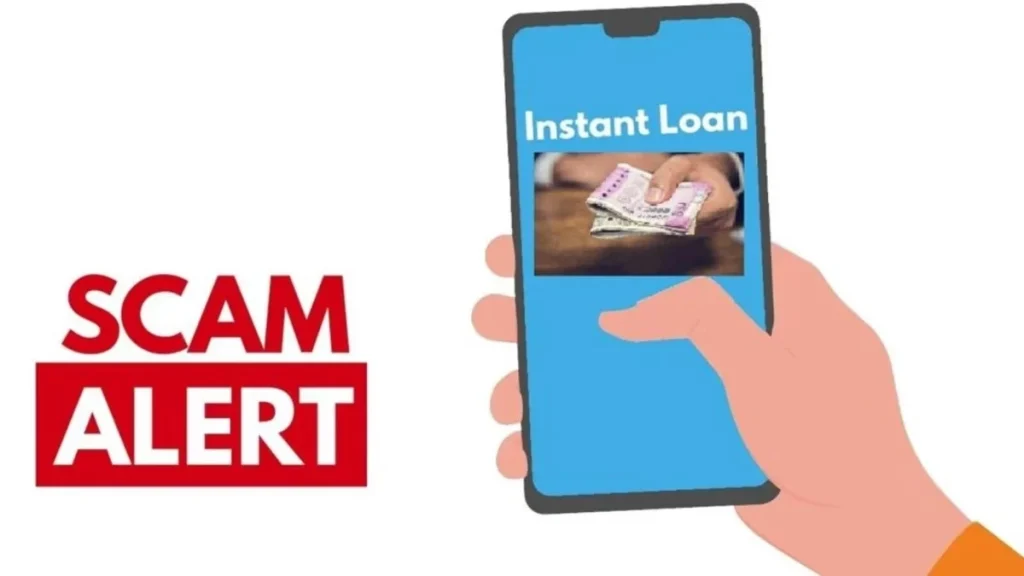Personal loans have grown rapidly in recent years, especially with the rise of online lending. While traditional banks still dominate the credit market, new fintech lenders are also providing quick and convenient borrowing options.
But with this surge in digital lending, personal loan scams have also increased—particularly after the pandemic. Fake loan apps and fraudulent lenders are tricking unsuspecting borrowers by offering easy loans with hidden traps. That’s why it’s essential to understand how to identify a fake loan app before you apply.
Below are 5 simple ways to spot a personal loan scam and protect yourself from fraud.
1. Check if the Lender Is Authorized by the RBI
The most important step in identifying a genuine loan app is checking whether the lender is registered and authorized by the Reserve Bank of India (RBI).
Many apps claim to be legitimate, but in reality, they operate without any regulatory approval.
When a lender is RBI-approved, they must follow strict guidelines and cannot charge illegal fees or engage in unethical practices. Trusted lenders like banks and registered NBFCs always prioritize customer safety and comply with RBI rules.
If the app is not backed by a verified NBFC or bank, consider it a major red flag.
2. Are They Asking for Upfront Payments? It’s a Scam.
If a lender promises a large loan—say ₹10 lakh—just for a small upfront fee, you’re likely dealing with a scammer.
Legitimate lenders never ask for an advance payment to process your loan.
Instead, actual loan apps deduct processing charges from your approved loan amount before transferring it to your bank account.
They clearly disclose all fees, charges, and interest rates before approval.
If someone asks you to transfer money first, walk away immediately.
3. Check for a Real Website and Registered Address
A genuine lender will always have:
- A functional and informative website
- A verified registered office address
- Clear contact details
Fake loan apps often hide behind anonymity to avoid legal action. They may have no website, a poorly built site, or no address listed anywhere.
Before trusting any lending platform, check whether the website is secure (look for HTTPS) and whether the company details are publicly available.
If you cannot find basic information about the lender, it’s safer to avoid them.
4. Fake Loan Apps Skip Documentation—A Major Warning Sign
Every authentic lender follows proper verification procedures. Apps from regulated institutions always require:
- KYC documents
- PAN card
- Bank statements or income proof
- Other financial details as per RBI guidelines
Fraudulent loan apps, however, skip documentation and promise instant approvals to trap users quickly.
If an app is offering a loan without checking any of your documents, it’s a strong indicator of a scam.
5. Read User Reviews on YouTube, Play Store & Social Media
User reviews are extremely valuable when assessing whether a loan app is trustworthy.
Real lenders have genuine reviews—both positive and negative—on platforms like:
- Google Play Store
- YouTube
- Consumer forums
Scam apps often have fake, overly positive reviews or no reviews at all. Taking a few minutes to research online can save you from serious financial trouble.
Final Thoughts
The lending market today offers countless choices, but not all loan apps are genuine. Many borrowers have been cheated or harassed by fraudulent lenders pretending to offer quick personal loans.
Fortunately, identifying a scam is easy if you follow a few simple steps—verify RBI registration, avoid upfront payments, check documentation, review their online presence, and examine user feedback.
Always do thorough research before choosing any personal loan app.
If you believe Money View meets your requirements, you can visit the official website or download the app to get started.
Disclaimer: This article is for informational purposes only and should not be considered financial or legal advice. Consult your financial advisor for personalized guidance.
Also Read: WhatsApp UPI Payments Feature: How to Set It Up and Use It Easily



